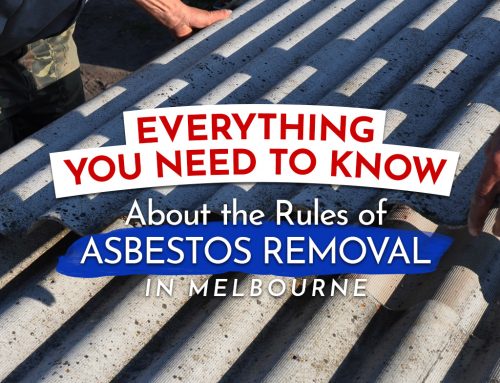Popcorn ceilings and attics filled with Mr. Fluffy insulation are often what comes to mind when it comes to asbestos in Australian homes. However, the pipes in your home can also pose a health hazard if they turn out to contain asbestos.
Water pipes in older homes may be made of transite or asbestos-cement. Once this material deteriorates over time, asbestos fibres can break off from the interior of the pipe and contaminate flowing drinking water. Ingestion of asbestos can ultimately lead to peritoneal mesothelioma. Understandably, you may want to find out whether your house is fitted with transite pipes so that you can have them removed by a licensed asbestos removal specialist. Here are 3 preliminary steps you can take to identify asbestos cement pipes in your home.
3 Steps to Tell if Your Home Has Asbestos Cement Pipes
1. Check the History of the House
If your home is newly built, it should not have asbestos cement pipes. However, a house built before 1989 may have asbestos cement pipes, with homes from the 1930’s to the 1970’s running the highest risks. Look for any available documentation on the building, which may identify the material of the house’s pipes and their lining. These files may be harder to obtain depending on the age of the building, however. Houses that are at least 100 years old may also have had their pipes replaced several times already.
TIP: Buying a house? Before finalizing your purchase, ask a licensed specialist to inspect the building for asbestos.
2. Take a Peek at the Pipes
You may also take a careful look at the pipes themselves. One telltale sign that the pipes in your home have asbestos lining is their lack of insulation. Because older pipes might no longer have intact insulation wrapping, you can check for grey or white remnants of wrapping instead. These can be especially visible around the piping fittings.
3. Look for Damaged Pipe or Fibres
Finally, you may check for cracks and other damage in the pipe. Asbestos fibres can be easier to identify in the damaged material. A cracked pipeline may also shed fibres and contaminate flowing water, so you may also want to take note of any instances of asbestos fibres showing up in washing machines, dishwashers, or showers.
NOTE: Exercise caution when carrying out steps 2 and 3! Do not attempt to handle any suspicious material yourself. Even taking a sample can pose a health hazard if you aren’t experienced in proper sampling and identification procedures. If you decide to use a home sampling kit, do so with extreme care, and only collect material that has already been detached. Do NOT disturb undamaged asbestos.
If the history of the property confirms that there are asbestos cement pipes in your house or if you find suspicious fibres on piping and in your water supply, your next step is to hire a professional to safely obtain a sample. Asbestos removal experts can also provide insight on proper disposal or pipeline replacements. It might be pricey to have your home fitted with new pipes, but the safety you can provide to your family members outweighs the cost by far.
Visit our blog regularly for more posts about asbestos management.





